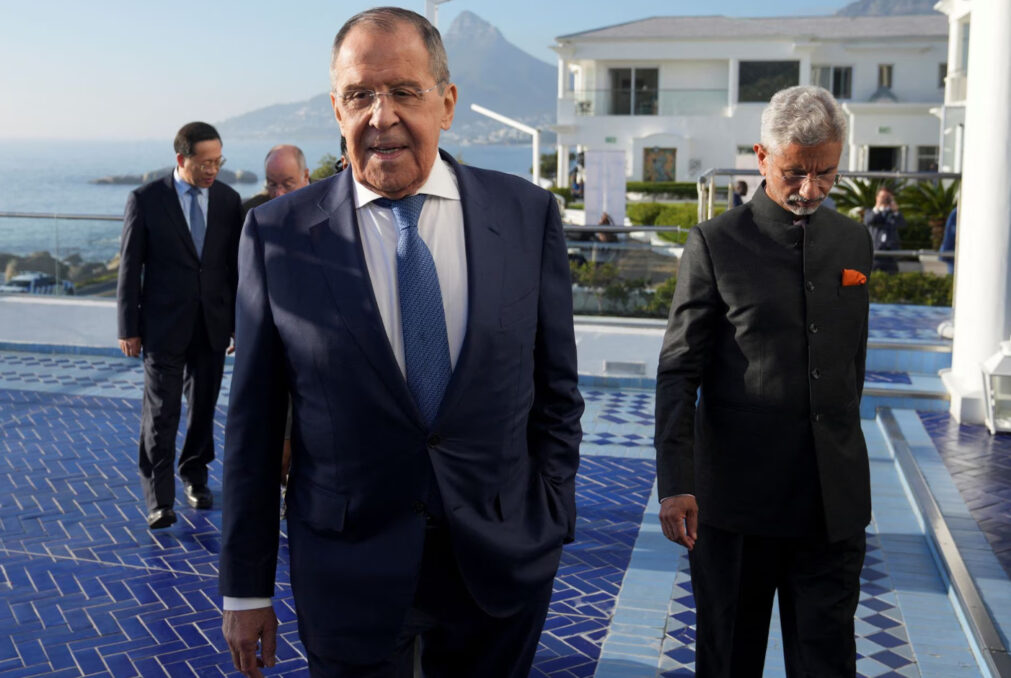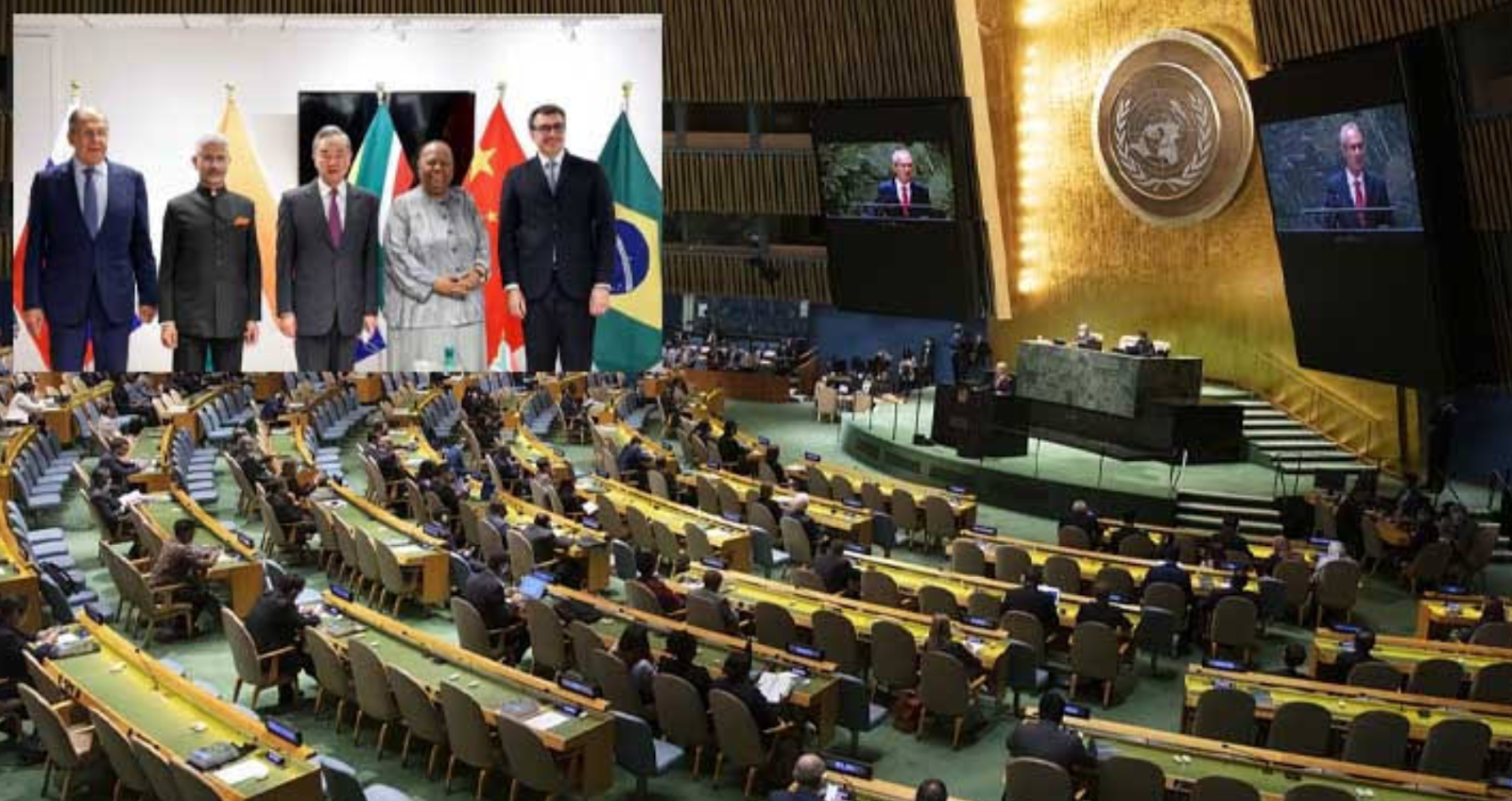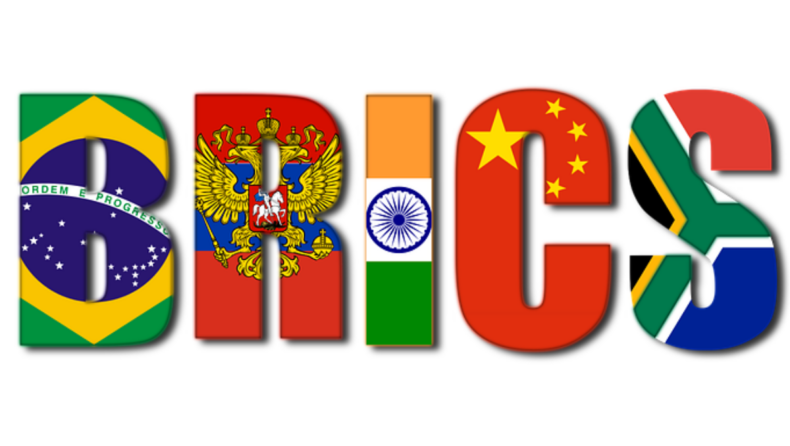On Thursday, China expressed its perspective that the BRICS (Brazil, Russia, India, China, South Africa) is an “open and inclusive” platform and expressed support for efforts to enlarge the group by including “like-minded partners.”

Image Source: Reuters
During a media briefing, the Chinese Foreign Ministry spokesperson, Mao Ning, responded to reports suggesting that India wants an agreement on the expansion process of the BRICS (Brazil, Russia, India, China, and South Africa) group. Mao Ning stated that she had not seen the report but emphasized that China views BRICS as open and inclusive in principle. She further mentioned that China supports the expansion and welcomes the inclusion of more like-minded partners into the family.
Table of Contents
History Of BRICS
The inaugural BRIC summit took place on June 16, 2009, in Yekaterinburg, Russia, following a series of high-level meetings. Later, the group expanded to include South Africa and was renamed BRICS after South Africa became a full member in September 2010, following the BRIC Foreign Ministers’ meeting in New York. South Africa participated in the 3rd Summit held on April 14, 2011, in Sanya, China.
BRICS is a significant alliance that unites the major emerging economies from around the world. It comprises Brazil, Russia, India, China, and South Africa. Together, these nations represent a substantial portion of the global population, accounting for 41%. In terms of the world’s Gross Domestic Product (GDP), it countries contribute approximately 24%. Furthermore, they hold a share of over 16% in world trade.
The countries associated with this multilateral order have played a pivotal role as engines of global economic growth in recent years. Consequently, they have established a platform to address crucial matters within three key pillars: political and security, economic and financial, and cultural and people-to-people exchanges.
The BRICS alliance emerged from the initial BRIC group and was expanded to include South Africa. With a significant population, a substantial portion of global GDP, and a notable share in world trade, the BRICS nations have actively fostered collaboration and deliberation on important issues across various domains, including politics, security, economics, finance, culture, and people-to-people exchanges.

Image Source : ANI
There have been reports indicating that several countries have expressed interest in joining the BRICS grouping, as the next summit is proposed to be held in South Africa in August of this year.
The list of countries reportedly interested in joining BRICS includes Argentina, Nicaragua, Mexico, Uruguay, Nigeria, Algeria, Egypt, Senegal, Morocco, Saudi Arabia, the United Arab Emirates (UAE), Turkey, Syria, Iran, Afghanistan, Indonesia, Thailand, Kazakhstan, and Bangladesh.
It represents a collective of five prominent developing countries, accounting for 41 percent of the global population, 24 percent of the global GDP, and 16 percent of global trade. It serves as a platform for cooperation and dialogue between these nations, addressing economic, political, and social issues of mutual interest.
With the potential addition of these 19 countries, the group could see its influence and reach expand significantly, fostering greater collaboration among emerging markets and amplifying their collective voice on the global stage.
India’s Take On BRICS Expansion
The debate about whether to include new members in the Brics group has been getting more attention lately. The organisation was originally made up of Brazil, Russia, India, and China, and South Africa joined later. Recently, Chinese officials have been saying that they want to add more countries to the group. There have been reports that Argentina and Iran have applied to join, but we don’t know what Indian officials think about it yet.
In a document called the Beijing Declaration, which was released after the Brics Summit on June 23, there is a paragraph that says they support talking about expanding Brics. It also says they want to agree on the rules and criteria for adding new members through discussions and agreement among the Sherpas.












